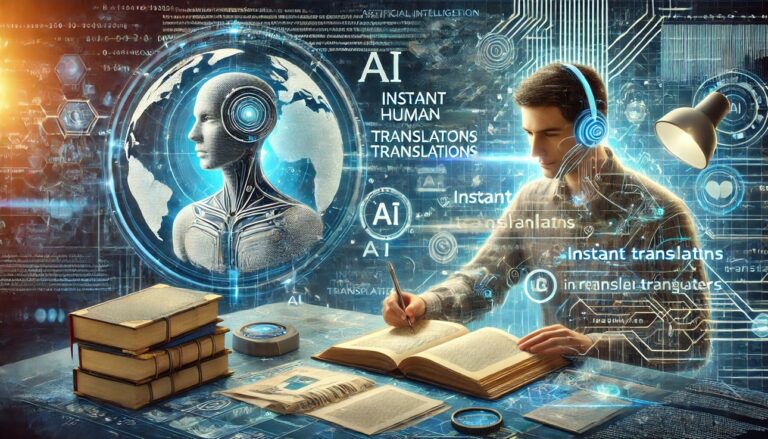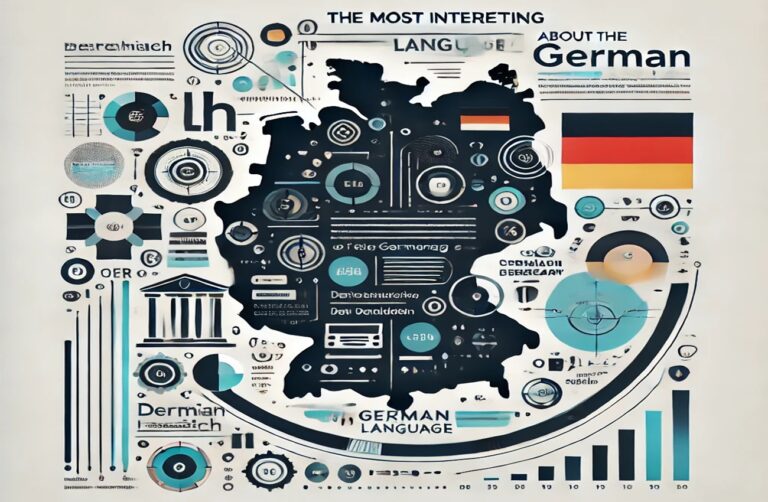The last ten years of progress in the translation industry
Over the past decade, the translation industry has experienced significant developments driven by technological innovation and changing trends in global communication. Here are some of the most salient developments for your attention.
Machine Translation and Neural Networks
The development of neural machine translation (MT) has revolutionised the speed and accuracy of automated translation systems. TAN models, such as Google Translate and DeepL, use artificial intelligence and deep learning techniques to generate more contextually accurate translations compared to previous rule-based systems.
Big Data and Corpus Linguistics
The abundance of digital content has allowed translation professionals to access vast amounts of multilingual data to train and refine machine translation models. Corpus linguistics, the study of language using large collections of text, has played a crucial role in improving the quality and performance of translation tools.
Collaboration and Collaborative Translation Platforms
Collaborative platforms such as Transifex and Crowdin have facilitated collaborative translation efforts, allowing communities of translators to work together on large-scale projects in real time. This approach has proven effective for quickly translating software, websites and other digital content into multiple languages.
Quality Control Tools
The development of advanced quality assurance (QA) tools has helped translators ensure the accuracy and consistency of their translations. These tools, such as translation memory (TM) systems and computer-assisted translation(CAT) tools, help translators maintain terminological consistency and adhere to style guidelines.
Integration of Artificial Intelligence
Artificial intelligence-powered translation platforms have integrated various features, including natural language processing (NLP), sentiment analysis and content localisation, to improve the translation process. These technologies enable translators to produce more nuanced and culturally appropriate translations while optimising workflow efficiency.
Integration of Multimodal Translation
With the increasing prevalence of multimedia content, translation services have expanded to encompass a variety of modalities, including audio, video and image translation. Advances in speech recognition and image recognition technology have facilitated the translation of spoken dialogue, subtitles and text embedded within visual media.
Integration of Translation Tools and Remote Collaboration
The rise of remote working has driven the development of collaboration tools and cloud-based platforms that allow translators to work together seamlessly from different locations. These tools facilitate real-time communication, project management and file sharing, fostering greater efficiency and flexibility in translation workflows.
In short, these advances have transformed the translation industry, making translation services more accessible, efficient and accurate than ever before. As technology continues to evolve, the future of translation promises more innovation and improvements to meet the growing demand for multilingual communication.







